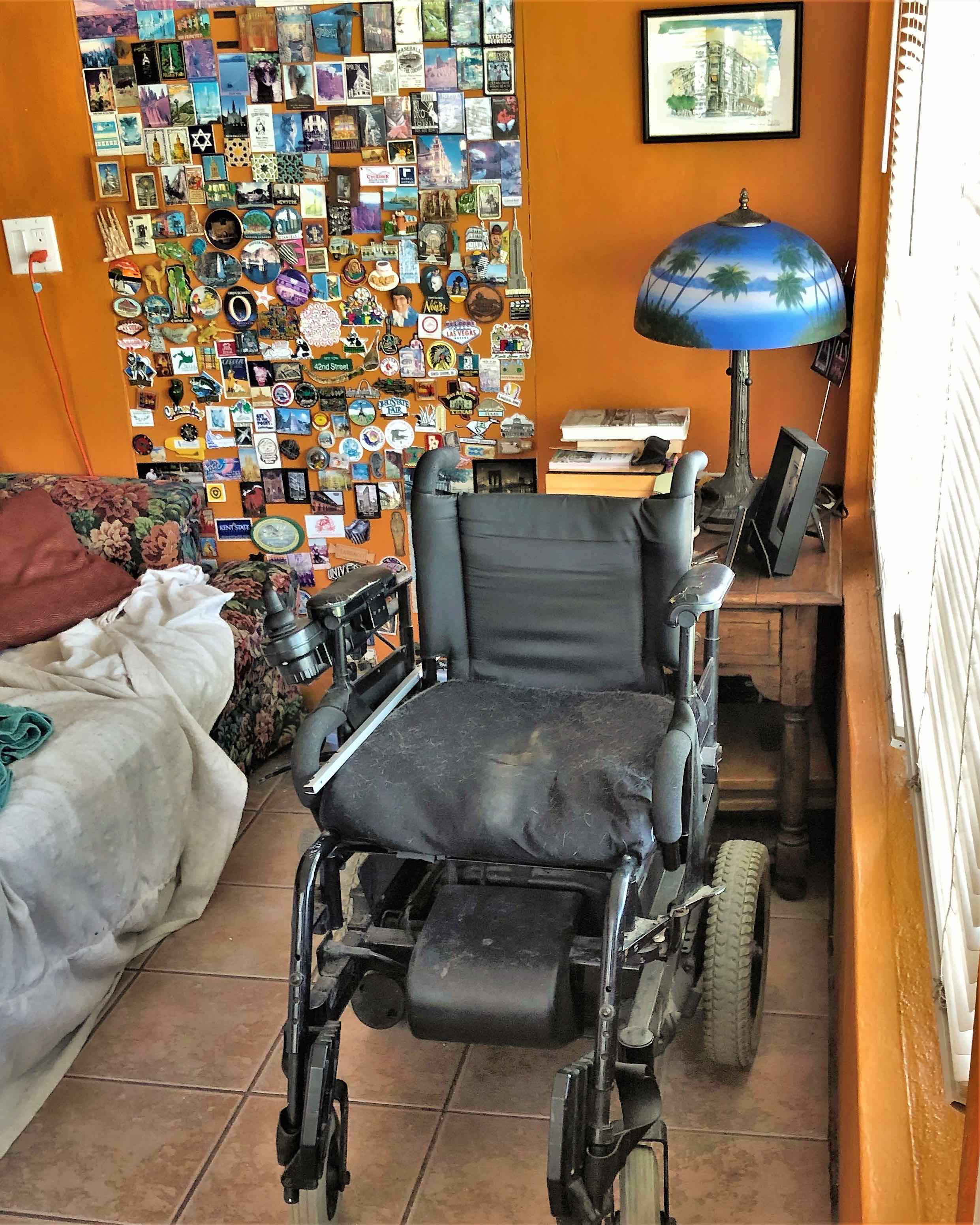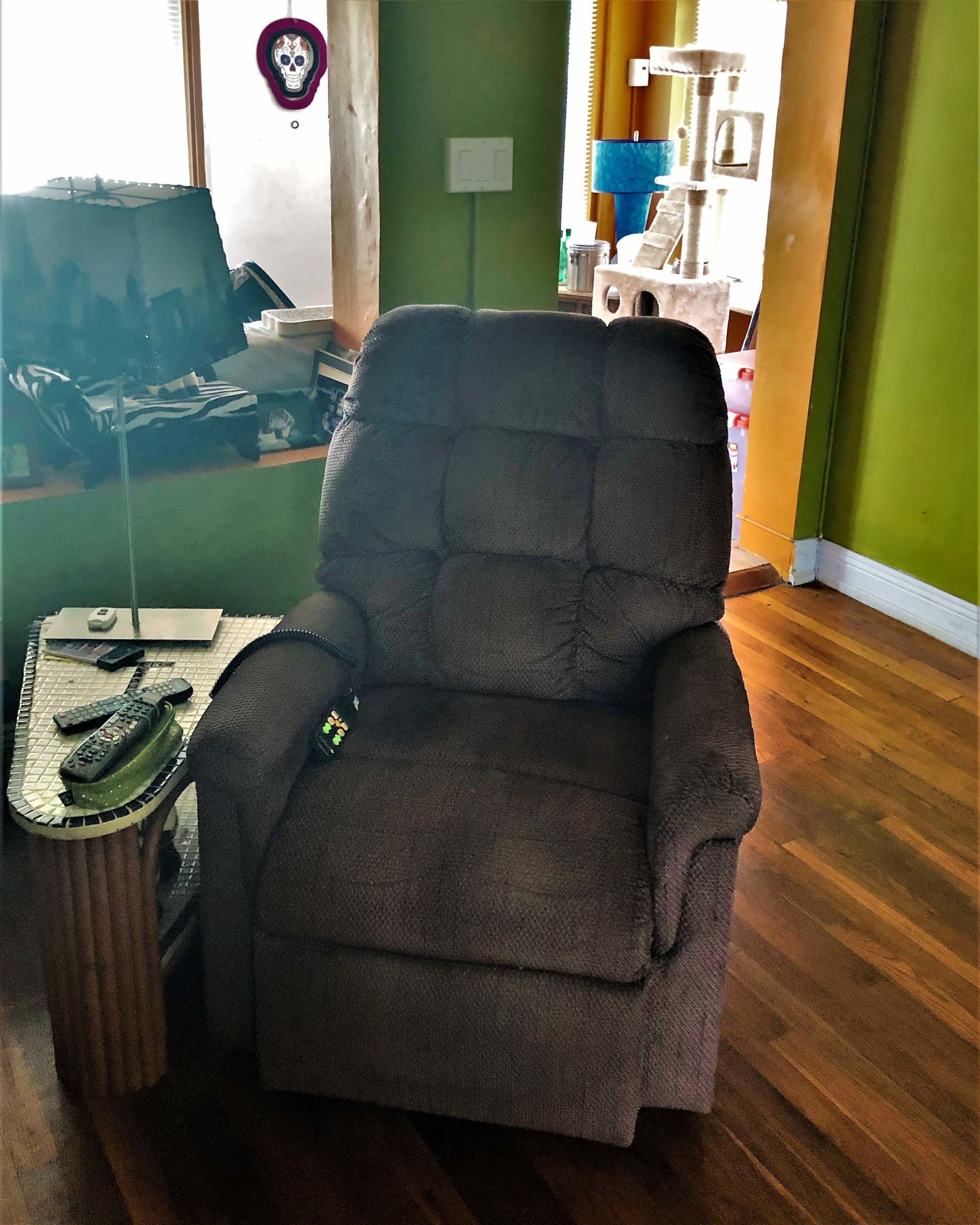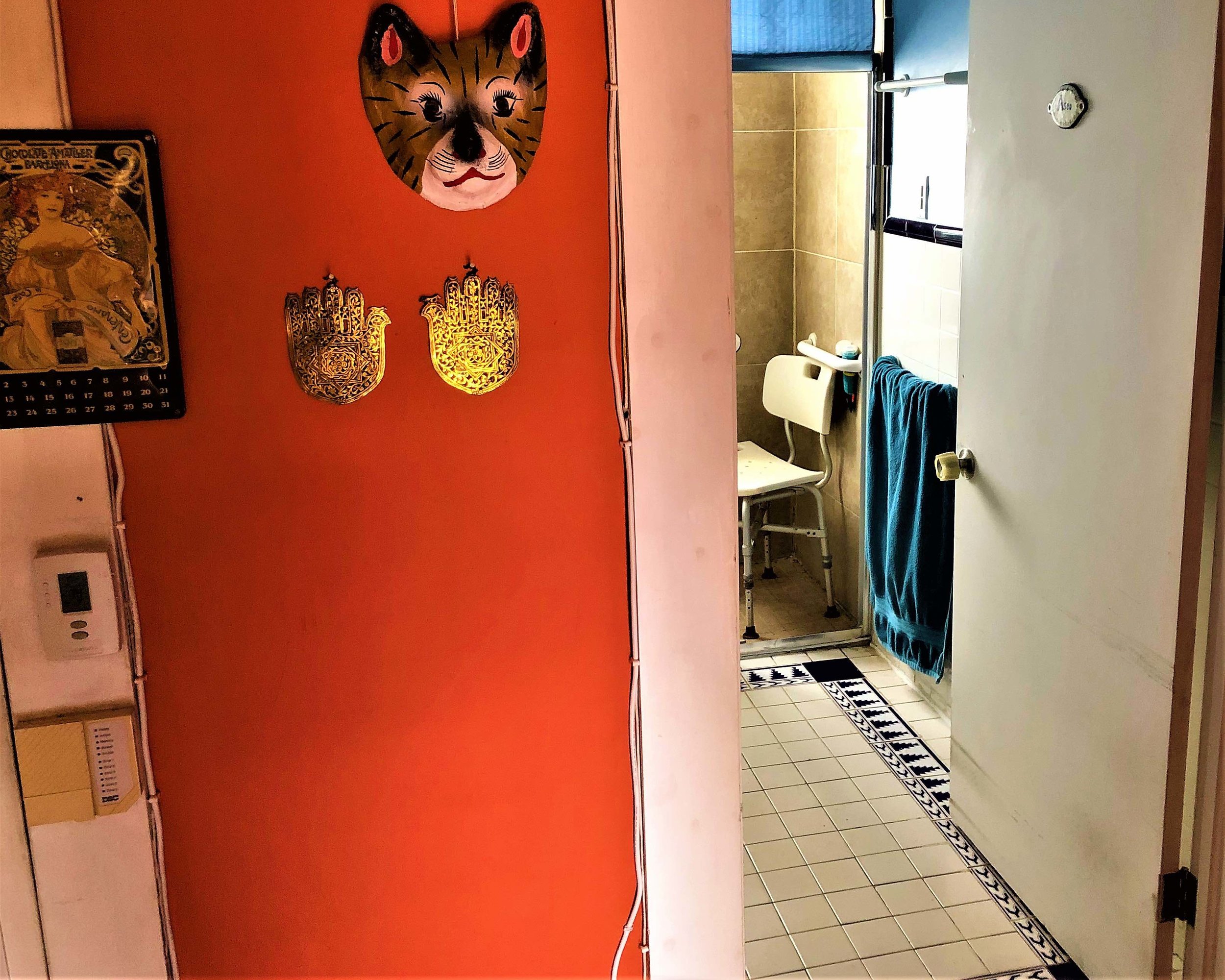Envisioning a Barrier-Free City
A new design competition aims to produce innovative and visually appealing designs for barrier-free living for those with physical disabilities—and those without. Imagine my excitement to hear that it’s my old hometown that is the focus of this competition.
We get to lead the way. I can see the headline now. “Cleveland: The World's Most Barrier-Free City.”
Perhaps it is aspirational at the moment. But all great ideas start as aspirations.
As a tag line, it would sure beat the “Mistake on the Lake” moniker that made me cringe through the '70s and '80s, and I’ll take it over the well-intended, but failed “Cleveland’s a Plum” rebranding effort launched in 1981.
Perhaps I am biased. My wife, Heidi Johnson-Wright, a suburban Cleveland girl who appeared on the Morning Exchange and other consummate local programs as a poster child for the Arthritis Foundation, has used a wheelchair for her mobility for more than four decades.
“My wife and I have spent a great deal of our careers trying to explain that ramps, wide doorways, roll/walk-in showers—and a host of other elements that boost accessibility—do not have to be dreary, painted battleship gray, and have all the curb appeal of an abandoned hospital.”
A Wadsworth (Medina County, Ohio) boy myself, I longed to trade exurban cow pastures and large house lots for the gritty charm of Cleveland’s skyscrapers, monumental public buildings and incredible arts campus on Wade Oval. At Kent State, I earned my first front page story writing about the paratransit service and the freedom and mobility it created for my fellow students who used wheelchairs, walkers and other assistive mobility devices.
So familia Wright, residents of Miami’s Little Havana since the dawn of the 21st century, has a long history of advocating for people with disabilities. We love the idea that our old hometown— looking as resilient and inviting as it ever has when we visited less than a year ago—would become the barrier-free place to be.
A Competition That Aims to Change How We Think About "Accessibility"
We were gratified and inspired when we read an early May Plain Dealer online story about North Coast Community Homes (NCCH) launching Zero Threshold, an international design challenge aimed at creating the most innovative, visually appealing and forward-thinking barrier-free designs for living. Having worked with foundations to create a better built environment, we were equally thrilled to learn that the Cleveland Foundation is funding the design competition that “strives to change the paradigm in thinking that accessibility is only for the disabled.”
My wife and I have spent a great deal of our careers trying to explain that ramps, wide doorways, roll/walk-in showers—and a host of other elements that boost accessibility—do not have to be dreary, painted battleship gray, and have all the curb appeal of an abandoned hospital.
When people visit our nearly 100-year-old, 1,300-square foot home in Miami's Little Havana, they see an eclectic combination of an aircraft aluminum sleek ramp, old hardwood floors replete with graded thresholds, tropical painted walls sporting fresh electrical outlets at wheelchair-charging heights, and a walk-in shower as inviting as a spa bath in a 4-star hotel. Our widened doorways and accessible master suite—all on one floor—are adorned with symbols of artistic eccentricity gathered on trips to Europe, Asia, Africa and beyond.
So there is no reason why houses—in Cleveland or anywhere—cannot feature barrier-free access. And the Old Brooklyn neighborhood of Cleveland, which will be the focus of this competition, is a great choice for a program intended to go citywide. It has stable housing at a good entry price point and connectivity to the rest of the city. Just as thousands have found value in buying and fixing up old houses in inner-ring city neighborhoods such as Tremont and Ohio City, there is incredible value in the existing housing stock in Old Brooklyn, and unlimited potential for a rebirth and renaissance. Adding value through barrier-free design can be part of that renaissance.






News flash: not only can barrier-free living be beautiful, but it also can be beneficial for non-disabled people. Ramps are preferable to steps when bringing in groceries. They’re also great for parents pushing strollers and folks using roller bags.
And as for doorways widened for wheelchair maneuverability—well, the fridge delivery guys said we would have had to cancel the sale model we bought and buy something else, had our doorways not been widened for other purposes. That it also happened to fit the new, wider model fridge is just an additional perk. We know some folks who have increased accessibility with pocket door or cool, barn door style sliding doors—both hallmarks of hip décor.
We may have enlarged our bathroom for turning radius for my wife’s power wheelchair, but who doesn’t want a bigger, more comfortable washroom? We’ve had dozens of people ask for the design plans for our walk-in shower because they are tired of hopping in and out of a tub-shower.
Does well-crafted barrier-free design destroy re-sale value? Does it “condemn” a home to only being appealing to another person with major mobility issues? Not at all. Google "aging in place." It’s the biggest thing in town design. It means having a home that ages with you. So when your body doesn’t get around like it used to, you have better options than leaving your beloved neighborhood to relocate to some strange senior housing compound where you don’t know any of your neighbors. A bedroom suite on the first floor of a two-story house, a bathroom that is accessible, a kitchen that can be adapted for better access, a barrier-free entrance into your home: those are the kinds of things that allow families to stay in the house they worked so hard to pay off. Major organizations, including the AARP, are advocating for universal design that allows people to age in place.
So yes, why not Cleveland as American’s best barrier-free city?
Barrier-Free Design Adds Value to Neighborhoods
Barrier-free design can be part of a broader vision for reinvesting in neighborhoods for the benefit of all their residents. A good transit system can be strengthened to provide people options to get around without having to own a car. Old city streets in need of water/sewer/repaving upgrades can be redesigned as complete streets—places where pedestrians, cyclists, folks who use wheelchairs, and transit riders are safely accommodated (along corridors where speeding, dangerous automobiles were once king).
“There is incredible value in buying and fixing up old houses in inner-ring city neighborhoods, and unlimited potential for a rebirth and renaissance. Adding value through barrier-free design can be part of that renaissance.”
Old Brooklyn, in Cleveland, is ripe for such investment. As Strong Towns founder Chuck Marohn has written many times, poor neighborhoods make the best public investments. Brooklyn is not Cleveland's poorest area, but it's no Beverly Hills. It has good bones. A major route (not a highway) goes through it and there are several old main street-like mini corridors. If they could narrow lanes, build some medians, add curb bulb outs, bigger sidewalks—it would help businesses like galleries, start-up restaurants, and maker shops to flourish. And the area is affordable: Old Brooklyn houses cost under $100K in many cases. This is a place that is packed with potential.
This competition shows a path forward toward realizing that potential. Retrofitting and designing infill for all mobility issues is a huge savings versus new home construction—especially on the public side of the balance sheet, since these existing homes use existing infrastructure. When we build a home for a person with a disability in an isolated suburban location, it means a fortune in paratransit (or the person buys a wheelchair van for what a 2 bedroom home costs in Old Brooklyn: $80,000). The new stuff needs water, sewer, new streets, and sidewalks.
A neighborhood like Old Brooklyn, on the other hand, has had water, sewer, parks, pools, streets, transit, sidewalks, community centers already for 100 years. You can get to jobs, doctors, parks, libraries, the arts, et cetera. That's all worth its weight in gold for those with disabilities, by far the most underemployed and unemployed of any minority group.
We would argue that barrier-free design is sustainable design that is even more crucial than design for climate change. Beautiful, barrier-free design is a great equalizer. It does not care if you are black, white, Hispanic, Asian, male, female, LBTQ, religious, not so religious, rich or poor. It simply aims to create a better built environment—from the place you sleep to the way you get around town to where you work, go to school and shop—that promises better quality of life for all.
Itching to Design Something? Put Your Hat in the Ring.
The final registration and submission deadline is June 28, 2019—so hurry up and get details at:
(All photos provided by Steve Wright.)
About the Author
Steve Wright (Twitter: @stevewright64) is a marketing executive with 40 years of experience in communications, urban design, town planning, journalism, business development, inclusive mobility and universal design. Still a die-hard fan of Cleveland pro sports teams, he grew up in Northeast Ohio and graduated from Kent State University. He lives in Miami’s Little Havana with his wife Heidi Johnson-Wright, who uses a wheelchair for mobility and is one of the most-respected Americans with Disabilities Act experts in the nation.
Visit his urban design and accessibility blog at: http://urbantravelandaccessibility.blogspot.com/




Greenfield development may be appealing to people who are fighting the housing crisis, especially on cheap rural land. But if these developments are the only places with housing affordability, people who can't drive — whether due to age, disability, or finance — are out of luck. That's not a real solution.